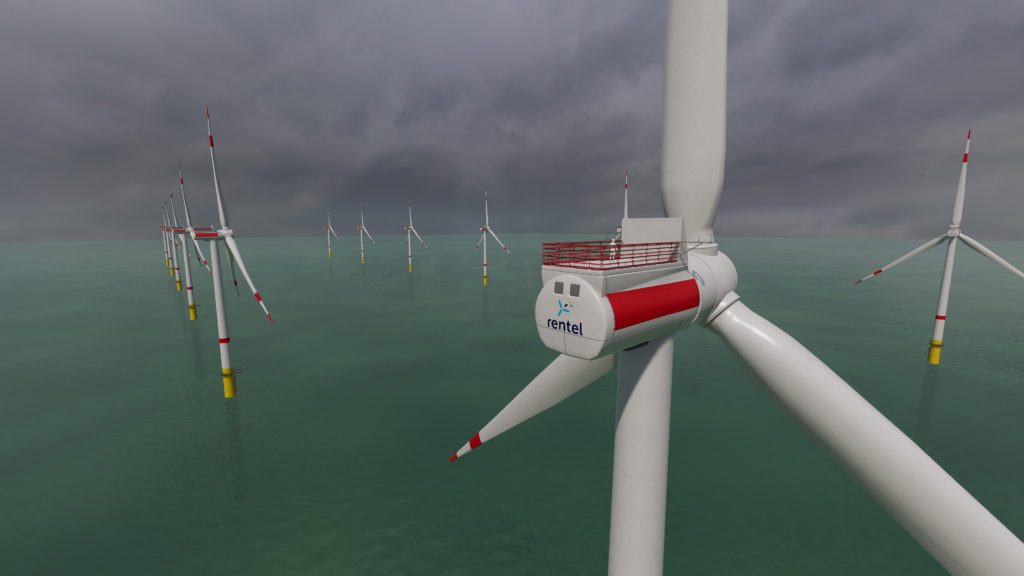A digital twin is usually a virtual counterpart of a real-life environment, situation, or object. Data from the real-life environment is used to change the state of the virtual one.
Sometimes, the opposite happens: data from a simulation is used to change the state of a real environment.
A digital twin serves multiple purposes:
- Monitoring an environment remotely.
- Letting people access and experience an environment that is closed off to them.
- Showing data in a visual way, so a longer-term analysis can be done easily.
- Simulating a certain situation so it people can learn from it.
- Allowing specific research to be done by implementing certain data.
Digital twins are often constantly connected, are built modularly, and can be (re)programmed. Apart from the data, digital twins often visually reflect the real counterpart. An example is the windmill park project that we developed, where the virtual wind farm is a spitting image of the real one (windmill status, weather conditions, et cetera).

